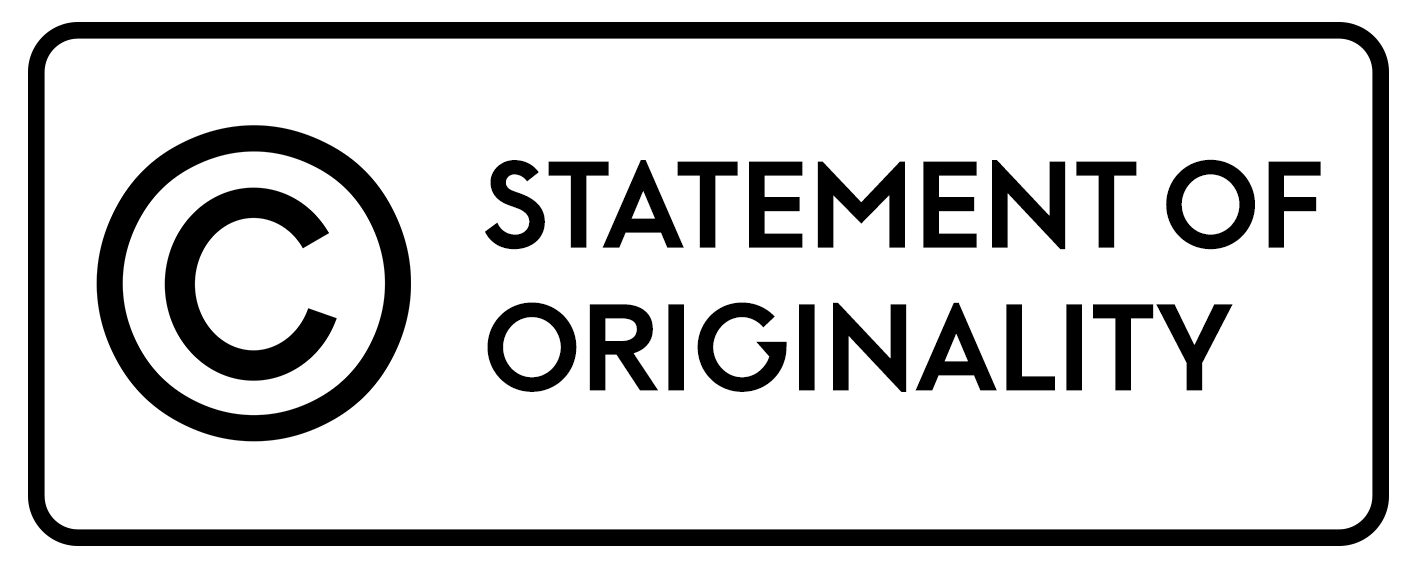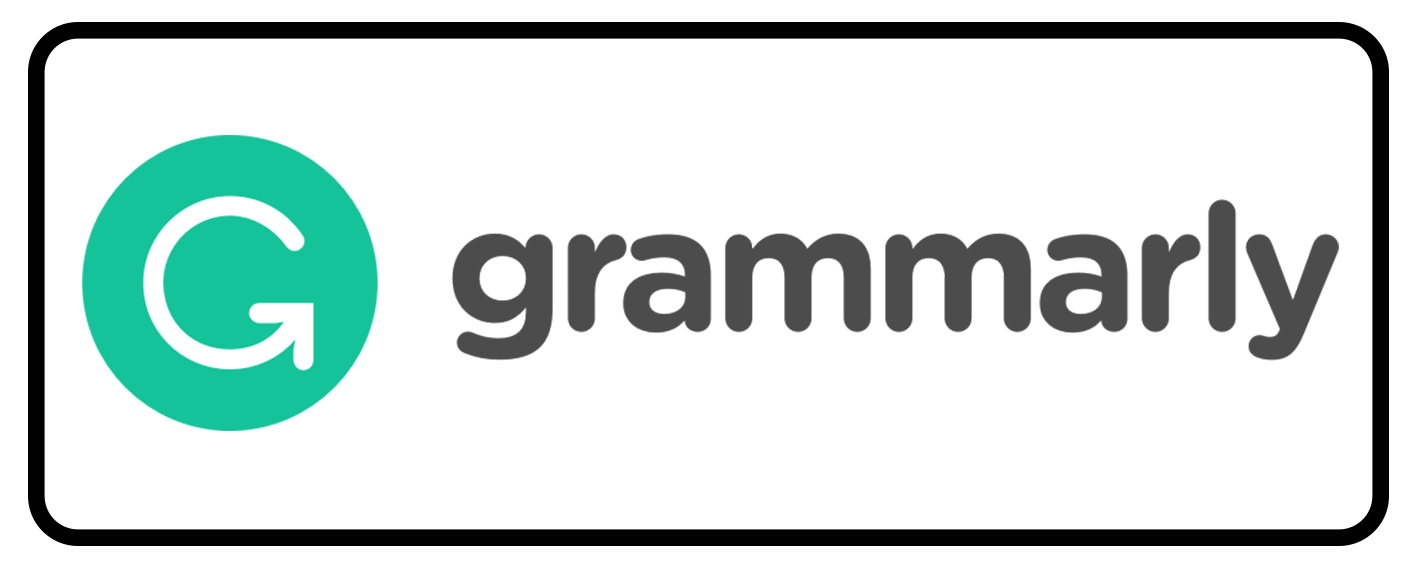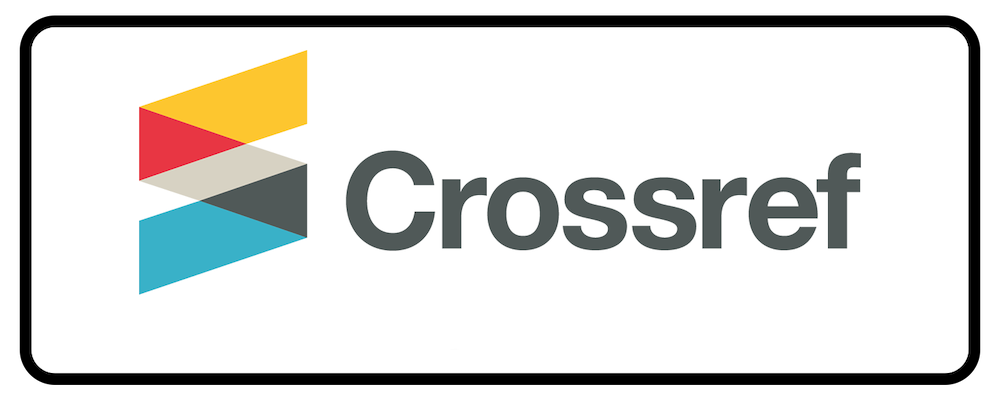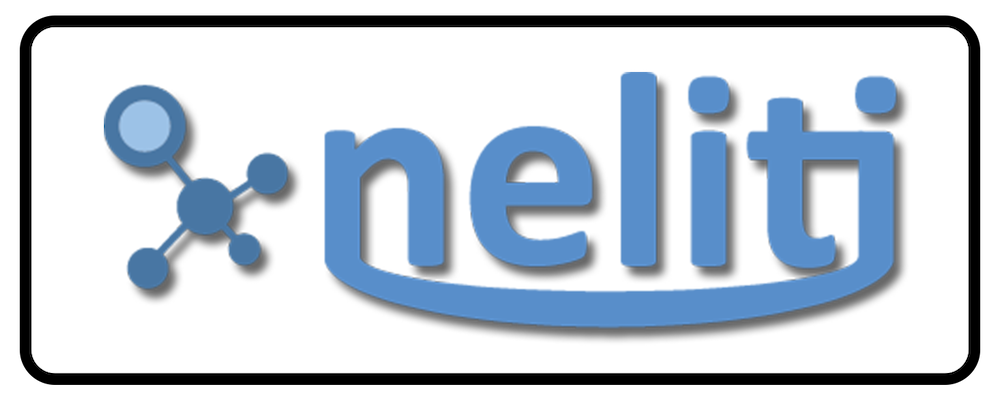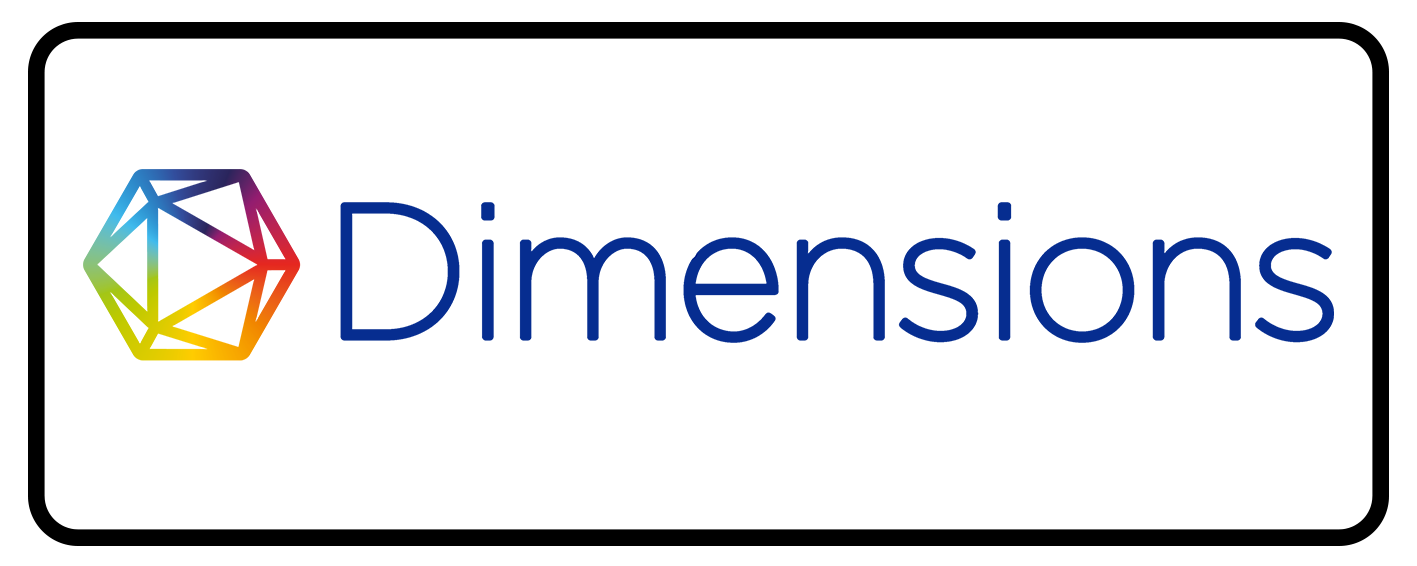“You must try it”: A forensic linguistics analysis of online gambling promotions in social media comment sections
Abstract
Keywords
Full Text:
PDFReferences
Al-Rawi, A., Kane, O., & Bizimana, A. J. (2021). Topic modelling of public Twitter discourses, part bot, part active human user, on climate change and global warming. Journal of Environmental Media, 2(1), 31-53.
Ajayi, T. M. (2022). Discursive-manipulative strategies in scam emails and SMS: The Nigerian perspective. Lodz Papers in Pragmatics, 18(1), 175-195.
Armitage, R. (2021). Gambling among adolescents: An emerging public health problem. The Lancet Public Health, 6(3), e143.
Ahmad, A. A., Khairunnisa, D., Anwar, D. K., Nurzamiyanti, G., Pebriyanti, J. S., & Supriyadi, T. (2025). The influence of online gambling advertisements on student consumptive behavior: An Islamic economic perspective. Al-Sharf: Jurnal Ekonomi Islam, 6(2), 187-203.
Beauvais, C. (2022). Fake news: Why do we believe it?. Joint bone spine, 89(4), 105371.
Biber, D., Upton, T. A., & Connor, U. (2007). Discourse on the Move.
Chen, Y., Chen, L., & Pan, Y. (2024). Social media influencer endorsement: The conditional effects of product attribute description in sponsored influencer videos. Journal of Marketing Management, 40(9-10), 675-703.
Chiluwa, I., Taiwo, R., & Ajiboye, E. (2020). Hate speech and political media discourse in Nigeria: The case of the Indigenous People of Biafra. International Journal of media & cultural politics, 16(2), 191-212.
Coulthard, M., & Johnson, A. (Eds.). (2010). The Routledge handbook of forensic linguistics (pp. 473-486). London: Routledge.
Evans, N. J., & Wojdynski, B. (2020). An introduction to the special issue on native and covert advertising formats. International Journal of Advertising, 39(1), 1-3.
Ghevolor, A. J., Bassey, V. O., & Ekpang, J. N. (2023). Rhetorical strategies in selected Nigerian print media advertisements. English Linguistics Research, 12(2), 34-57.
Grant, T., & MacLeod, N. (2020). Language and online identities: The undercover policing of internet sexual crime. Cambridge University Press.
Grant, T., & Tayebi, T. (2023). Forensic linguistics. In The Routledge Handbook of Applied Linguistics (pp. 280-291). Routledge.
Ik-Iloanusi, A. I., & Chiemezie, O. A. (2023). Conversational analysis of scam calls in Nigeria. Awka Journal Of Linguistics And Languages, 2.
Jakupov, A., Longhi, J., & Zeddini, B. (2024). The Language of deception: Applying findings on opinion spam to legal and forensic discourses. Languages, 9(1), 10. https://doi.org/10.3390/languages9010010
Jimmy, M. F. R., & Sumarlan, I. (2024). Audience reception: Prevention of online gambling site advertisements within the scope of Instagram. Jurnal JTIK (Jurnal Teknologi Informasi dan Komunikasi), 8(3), 619-626.
Ju, I., Lee, H., & Sherrick, B. (2022). Consumer responses to covert marketing communications: A case of native advertising disclosure in news contexts. Journal of promotion management, 28(7), 1107-1128.
Juanda, M. R., Kurniawan, E., & Hermawan, B. (2025). Move analysis of fraud in a mediated online transaction. Discourse & Communication, 19(2), 237-256.
Olsson, J., & Luchjenbroers, J. (2013). Forensic linguistics. A&C Black.
Parker, C., Albarrán-Torres, C., Briggs, C., Burgess, J., Carah, N., Andrejevic, M., ... & Obeid, A. (2024). Addressing the accountability gap: Gambling advertising and social media platform responsibilities. Addiction Research & Theory, 32(4), 312-318.
Rossi, R., Nairn, A., Smith, J., & Inskip, C. (2021). “Get a£ 10 Free Bet Every Week!”—gambling advertising on Twitter: Volume, content, followers, engagement, and regulatory compliance. Journal of public policy & marketing, 40(4), 487-504.
Salminen, J., Mustak, M., Jung, S. G., Makkonen, H., & Jansen, B. J. (2025). Decoding deception in the online marketplace: Enhancing fake review detection with psycholinguistics and transformer models. Journal of Marketing Analytics, 1-18.
Sarfraz, A., Ahmad, A., Zeshan, F., Hamid, M., & Alshalali, T. A. N. (2025). Unmasking deception: Detection of fake profiles in online social ecosystems. Journal of Big Data, 12(1), 214.
Starbird, K. (2019). Disinformation's spread: bots, trolls and all of us. Nature, 571(7766), 449-450.
Stepaniuk, K., & Jarosz, K. (2021). Persuasive linguistic tricks in social media marketing communication—The memetic approach. PloS one, 16(7), e0253983.
Stoian, V. (2023). The eu approach to combating disinformation: between censorship and the “market for information”. In Routledge Handbook of Disinformation and National Security (pp. 311-327). Routledge.
Stsiampkouskaya, K., Joinson, A., & Piwek, L. (2023). To like or not to like? An experimental study on relational closeness, social grooming, reciprocity, and emotions in social media liking. Journal of Computer-Mediated Communication, 28(2), zmac036.
Suharsono, Y. (2019). Analisis pengaruh social media advertising, ewom, dan peer groups terhadap trust dan purchase intention (studi kasus pada konsumen Starbucks Pontianak). Equator Journal of Management and Entrepreneurship (EJME), 7(1).
Tenenboim, O. (2022). Comments, shares, or likes: What makes news posts engaging in different ways. Social Media+ Society, 8(4), 20563051221130282.
Tessier, S., Romo, L., & Zerhouni, O. (2021). Impact of advertising campaigns among online gamblers: The role perceptions of social support and personality traits. Frontiers in Psychiatry, 12, 599988.
Van Dijk, T. A. (2006). Discourse, context and cognition. Discourse studies, 8(1), 159-177.
Ye, N., Cheng, L., & Zhao, Y. (2019). Identity construction of suspects in telecom and internet fraud discourse: From a sociosemiotic perspective. Social Semiotics, 29(3), 319-335.
Zhang, Z. (2021). Infrastructuralization of TikTok: Transformation, power relationships, and platformization of video entertainment in China. Media, Culture & Society, 43(2), 219-236.
Zhang, Y., Gaggiano, J. D., Yongsatianchot, N., Suhaimi, N. M., Kim, M., Sun, Y., ... & Parker, A. G. (2023, April). What do we mean when we talk about trust in social media? A systematic review. In Proceedings of the 2023 CHI conference on human factors in computing systems (pp. 1-22).
Zhang, N., Ruan, C., & Wang, X. (2025). You recommend, I trust: The interactive self-presentation strategies for social media influencers to build authenticity perception in short video scenes. Information Systems Frontiers, 27(3).translation. Procedia - Social and Behavioral Sciences, 158, 37–42. DOI:10.1016/j.sbspro.2014.12.030
DOI: http://dx.doi.org/10.30872/calls.v11i0.22636
Copyright (c) 2025 Mochammad Rizki Juanda, Unggul Putra Sambodo, Kurniawan Suryatama

This work is licensed under a Creative Commons Attribution-ShareAlike 4.0 International License.
Editorial address:
Fakultas Ilmu Budaya, Universitas Mulawarman
Address: Jl. Ki Hajar Dewantara, Gunung Kelua, Kec. Samarinda Ulu, Kota Samarinda, Kalimantan Timur, Indonesia 75123
Email: jurnalcalls@fib.unmul.ac.id
Website: http://e-journals.unmul.ac.id/index.php/CALLS

CaLLs: Journal of Culture, Arts, Literature, and Linguistics site is licensed under a Creative Commons Attribution-ShareAlike 4.0 International License
CaLLs: Journal of Culture, Arts, Literature, and Linguistics indexing by:


